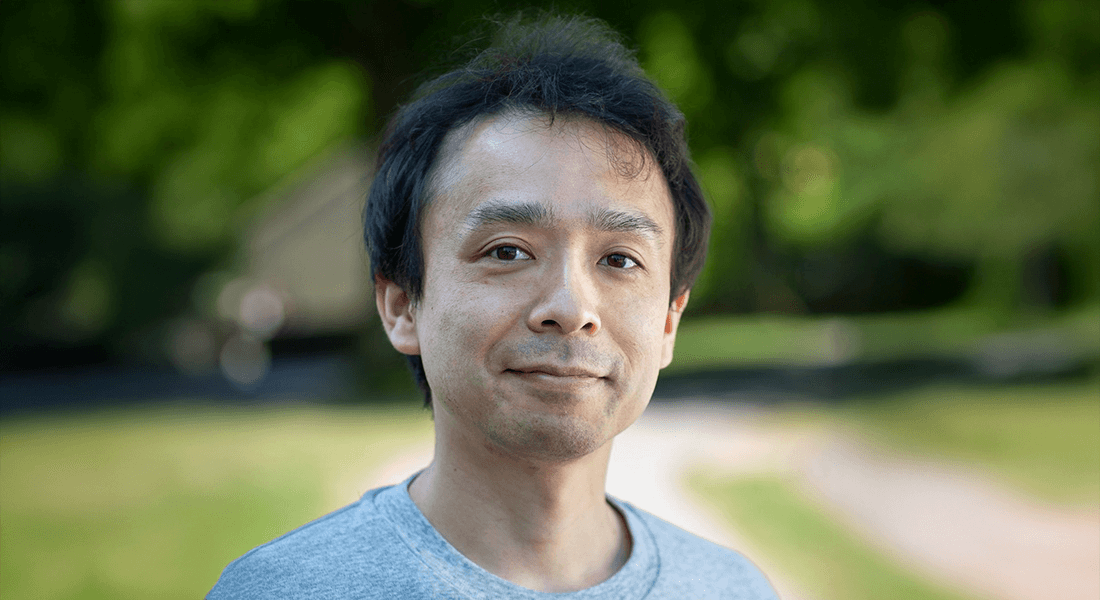Neuromeeting: Recording cellular memory to unveil the mechanism of brain memory

Dr. Taro Kitazawa
DANDRITE, Aarhus University, Denmark.
Abstract
Advances in single-cell sequencing have deepened our understanding of cellular identities. However, because they inherently capture only static snapshots, after which no further observations are possible, we cannot compare past and present profiles within the same cell. Although a variety of history-tracing methods have been proposed, multi–time-point whole-genome profiling with single-cell resolution remains elusive.
Here, we introduce the History Tracing-sequencing (HisTrac-seq) platform, which enzymatically labels genomic DNA adenine to “bookmark” gene regulatory statuses in engineered cells. This enables the retrospective profiling of past molecular states over two months, interrogating multimodal regulatory layers of transcriptomic and epigenetic signatures in the mouse brain in vivo.
Extending this to single-cell resolution based on tagmentation technology, HisTrac-seq simultaneously maps past and present profiles from the same single-cells.
Analyzing over 93,000 cells, we discovered unexpected, large-scale disruptive cell identity transitions during development (i.e., “identity jumps”), phenomena that elude conventional snapshot approaches.
This revealed a previously hidden layer of developmental plasticity. HisTrac-seq thus offers a powerful approach of “temporal multi-omics” to disentangle dynamic biological processes involved in development, plasticity, aging, and disease progression.
Read more about Dr. Taro Kitazawas lab.
Host
Meet Jariwala (Khodosevich group).
